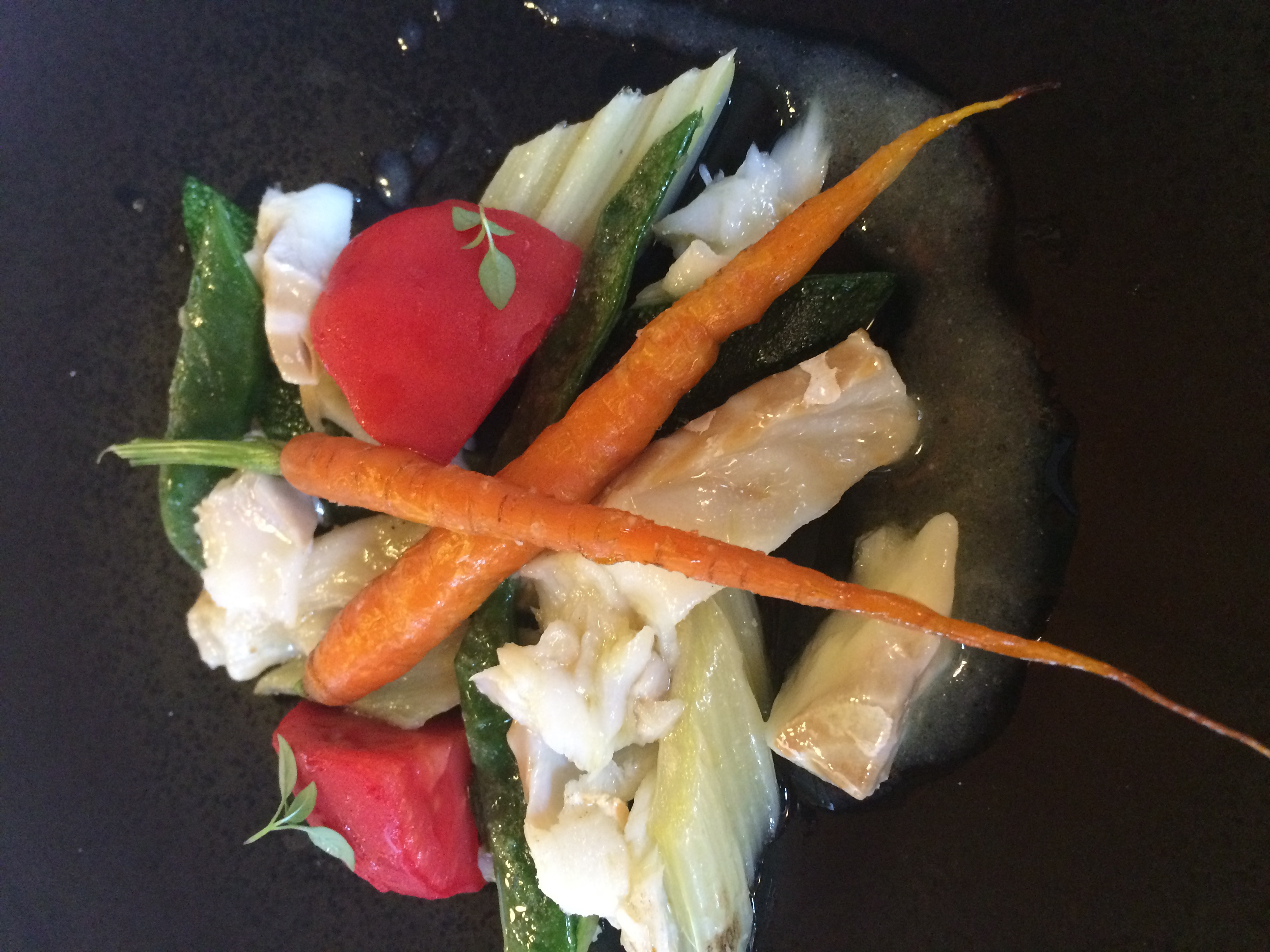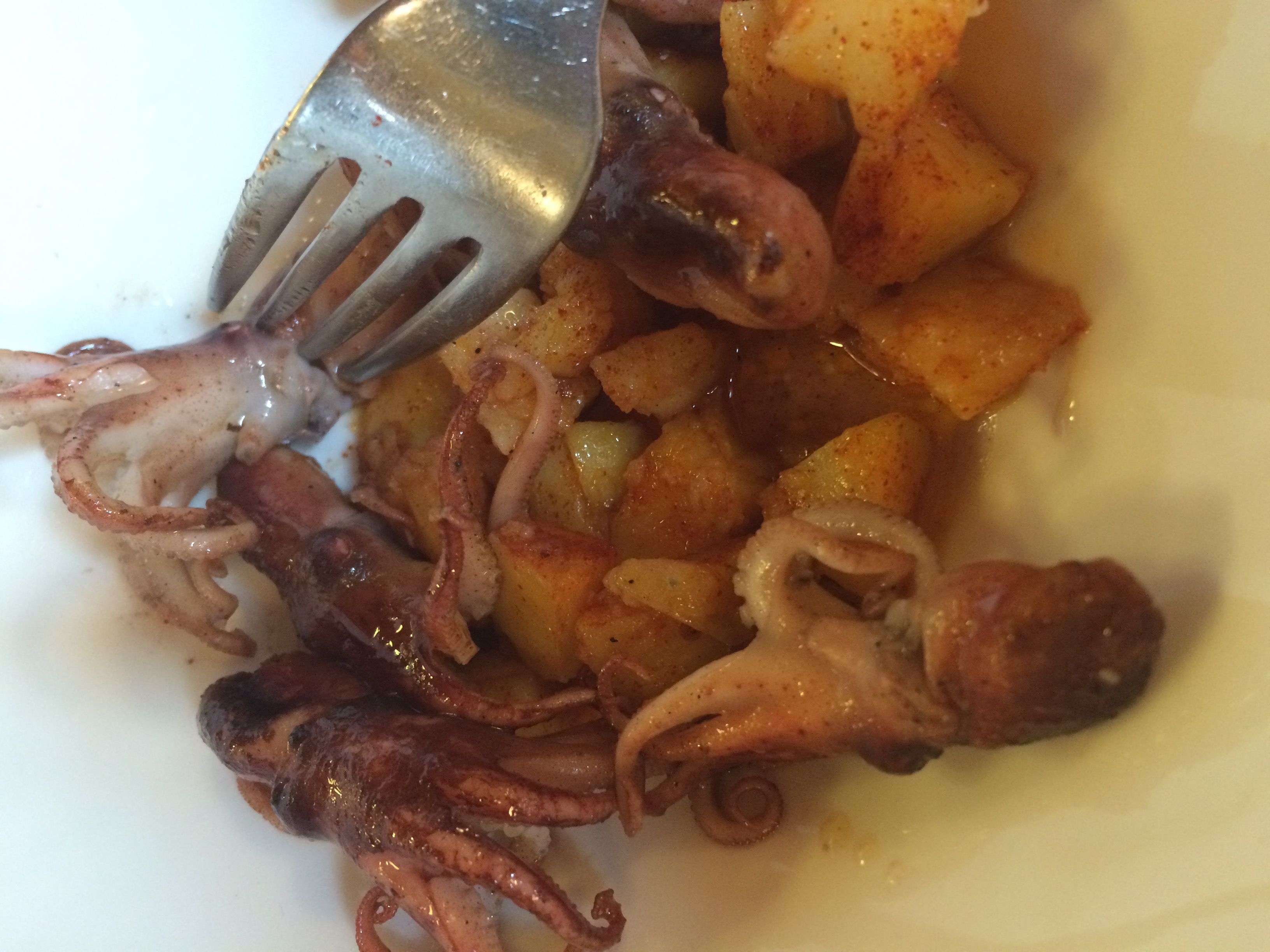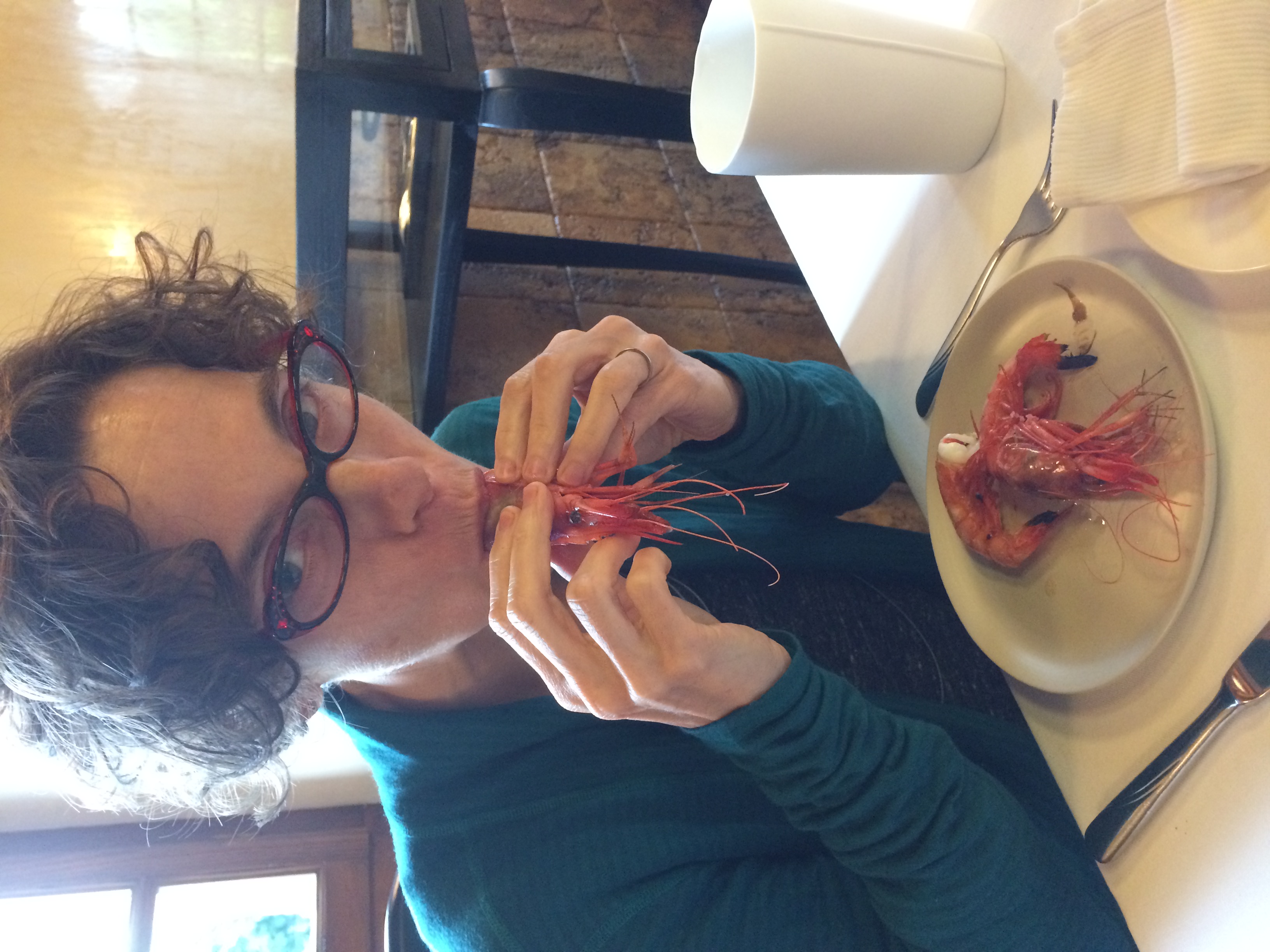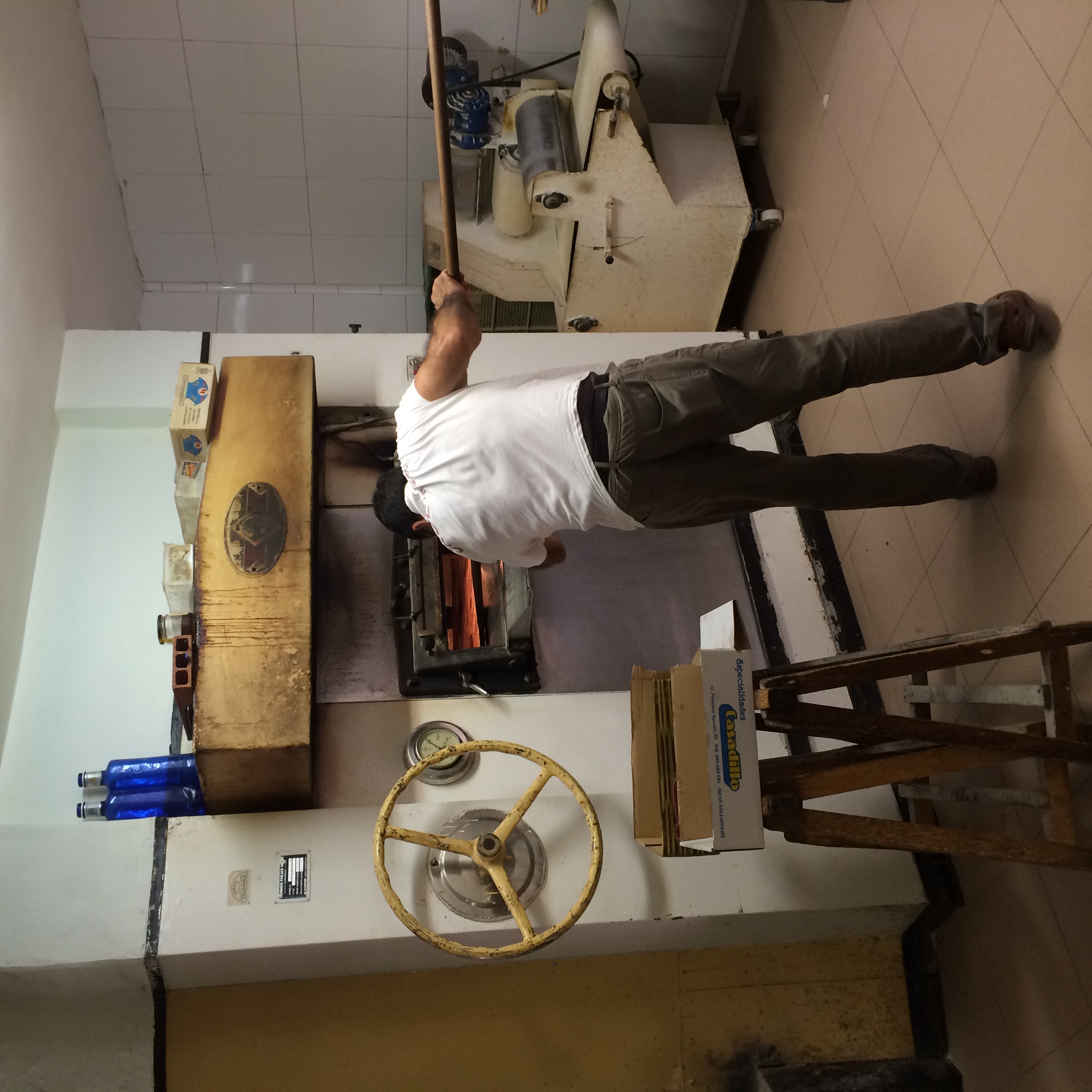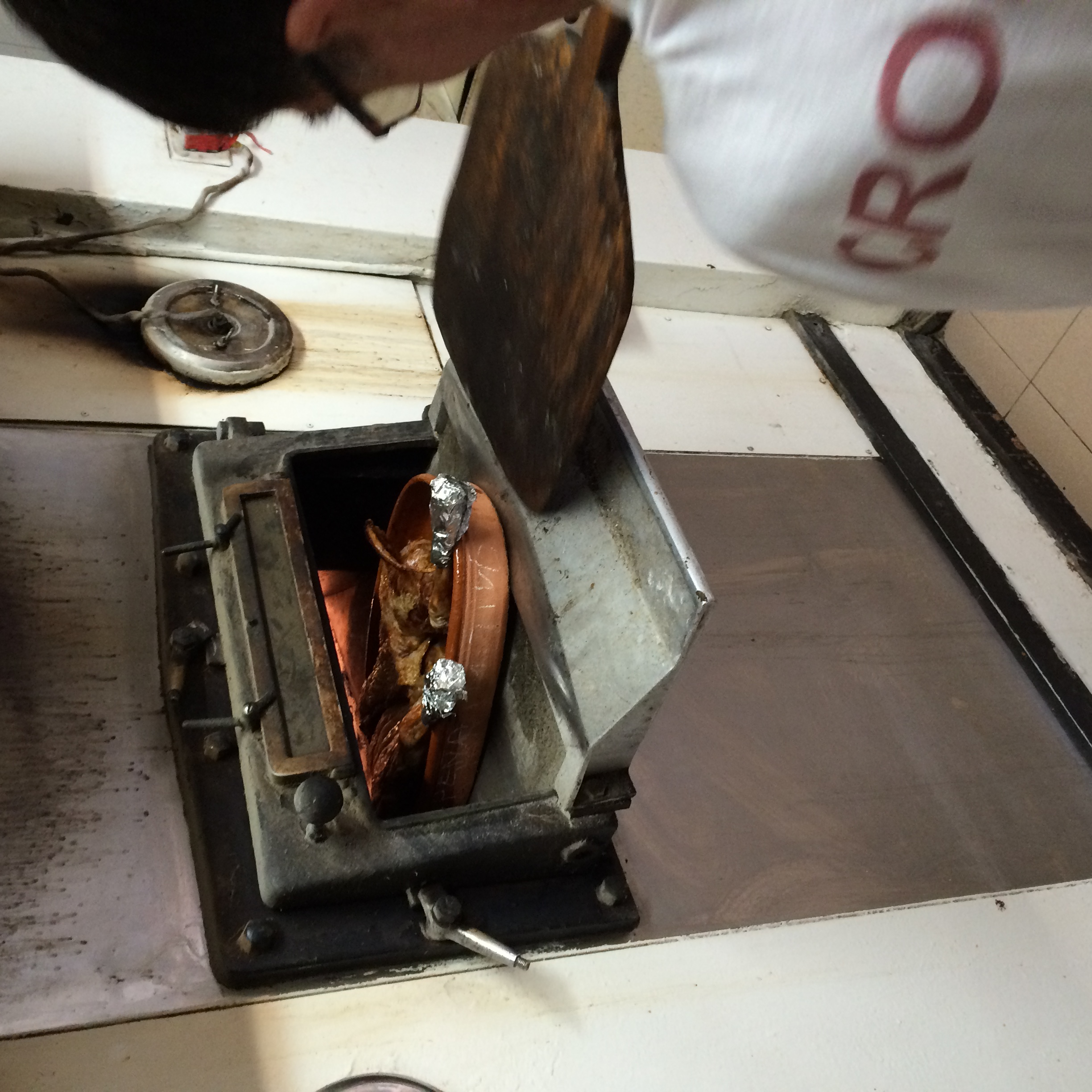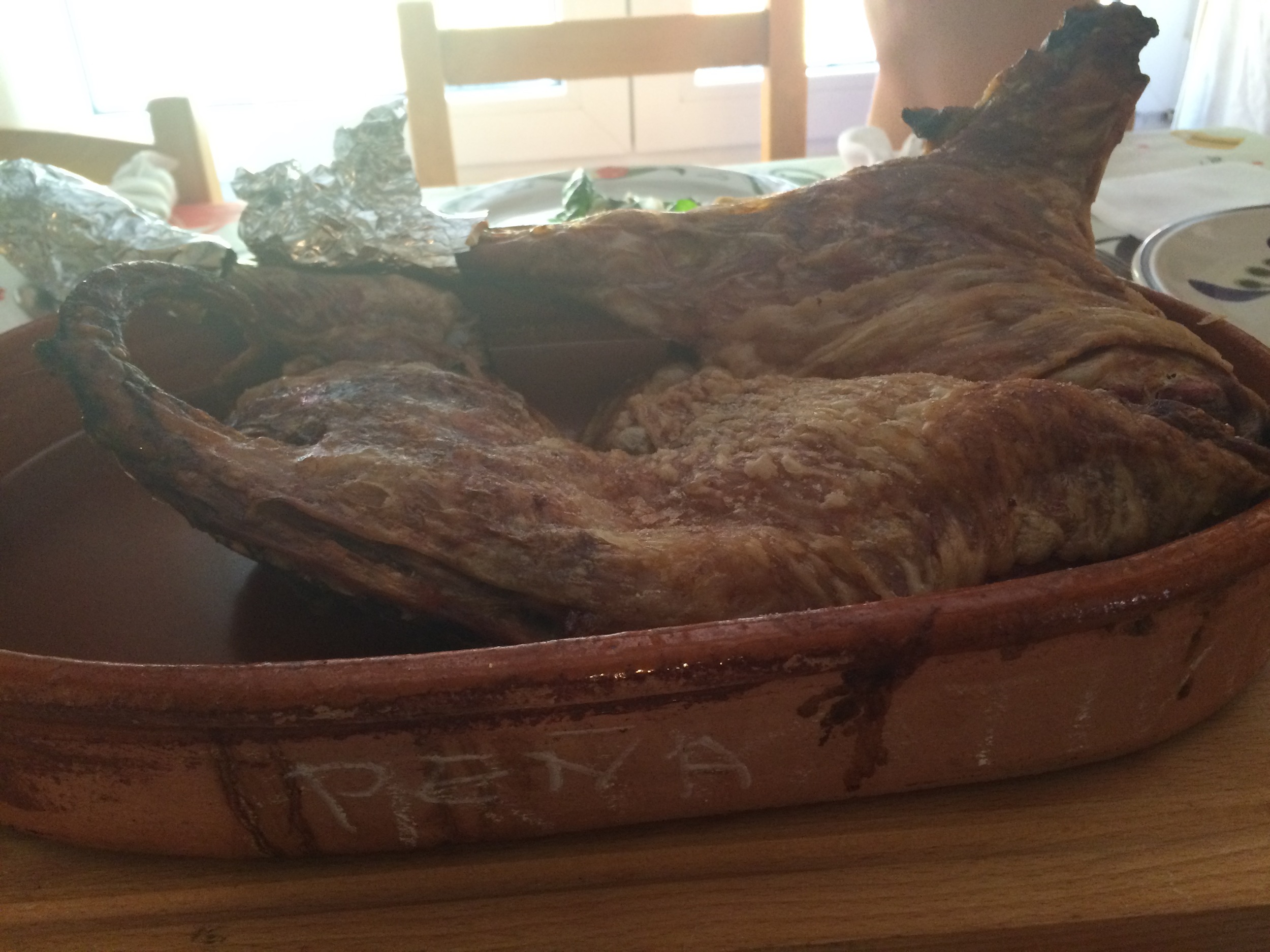My First Trip Back to Spain: Two Culinary Highlights
Last month I visited Spain for the first time since I moved to the Bay Area in late 2013. Friends and family are spread around the whole country now, so we spent a whole month driving around and covering ground of many different (culinary) regions.
The highlight was probably the 4 days Israel and I spent in the Basque Country, my favorite Spanish region. The north of Spain is greener than the rest of the country, and the Basques have, without a doubt, the best food; San Sebastian is in fact the city with the highest concentration of Michelin stars per capita in the entire world! We stayed in a renovated XVth century church overlooking a large lagoon in the countryside just north of Vitoria (capital of the region). Long hikes in the mountains gave us a fresh break from the busy and unbearably hot (this was the longest heat wave in many, many years) southern and central regions of Spain.
One day was reserved for something very special I had planned months in advance: lunch at Asador Etxebarri in Axpe, a remote and tiny village submerged in a green valley in the province of Vizcaya. The restaurant stands in an unassuming caserío, a traditional Basque farmhouse.
Chef Víctor Arguinzoniz, master griller, was born in the same village, just behind the church, and now lives a mere 300 meters away. Everything on the menu is based on his self-taught technique of grilling to perfection, for which he has developed special utensils and gadgets to accommodate each ingredient. We were the only table not having tasting menu (I have never been a fan of them; too much food, too many flavor combinations in one sitting go against the purity of flavor I love) but got a chance to observe what was being served. Consistently, my favorite kind of food: extremely high-quality ingredients, prepared as simply as possible, with sauces and seasonings kept to an essential minimum in order to highlight the essence of each ingredient's flavor. We shared four dishes, each of them stellar: anchovies (cured in house), the biggest, tastiest shrimp I have ever tried (I wish the servers would explain to the foreigners that visit the restaurant that the juice you suck out of the head is the very best part, please don't waste it!), pulpitos (mini-octopus), and seasonal garden vegetables with salt cod. What always amazes me when I visit a fine dining restaurant is how they keep things at a perfect pace. Although we arrived at what is a very early time for Spanish lunch (1pm), we sat for over two hours with our four successive dishes. Speaking of Sobremesa.
The second highlight was the roasted lamb I had in Riaza, a small village in the Castillian province of Segovia where my mother-in-law has had a house for many years. The huge family yearly gets together to celebrate Israel's grandma's birthday (she just turned 100!) there. For 24 years I didn't eat meat, and had a special order menu while the rest of the family dined on baby lamb made Segovia style: you pick it up early in the morning at the local butcher shop, and take it in a clay vessel (or rather, many of them, for such a large family) to the village bakery. Once they have finished making bread for the day, they keep the wood-burning oven going and you pay 7 euros to have them slow roast your lamb with nothing added other than some water and salt. This year I decided to make an exception and have my first Segovian lamb. Although I am still not a regular meat eater, I do not regret it; the flavor, texture, and aroma of this lamb will stay with me for years, a myth become reality for me. Note how they write your last name with chalk on the cazuela so that they can distinguish it from all the other families' lambs on a crowded Sunday lunch.
These were just two of so many moments of pleasure sharing food with loved ones (i.e. sobremesa) throughout our month of culinary research in Spain. More to come!



